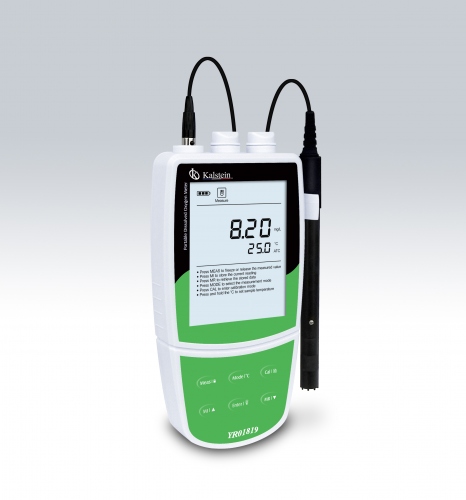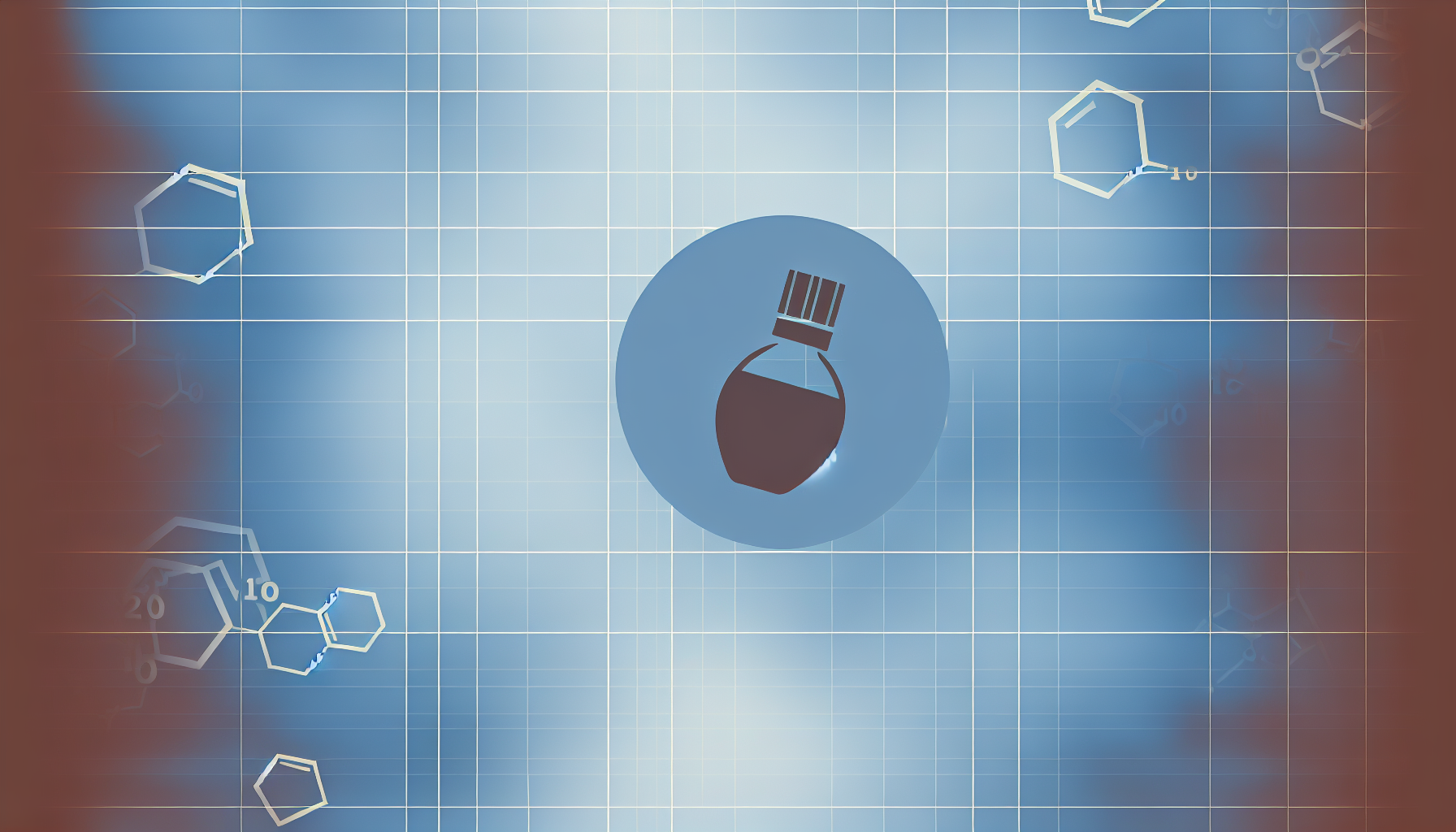It is important to follow the instructions and recommendations of manufacturers for the use and calibration of a phmeter, since, to achieve a correct measurement with a phmeter must be calibrated correctly, remember that the pH measures the concentration of hydrogen ions, which determine the degree of acidity and basicity of a solution; in addition not only works to measure the degree of water contamination, but as a diagnosis of body diseases or when measuring pH of urine and blood.
It is extremely important to know the index of the pH scale in chemical, biological, industrial processes and in general in everyday life; identifying the pH levels allows us to know if some substances are hazardous to health, for this there are several advanced pH meters also indicate other types of values of the substance, in kalstein we have a variety of models that allow the user to know not only the pH levels but the temperature and other related parameters.
Steps for using a meter
This instrument is easy to use, some difficulties may arise depending on the model, however, following a series of steps, the user would be able to use it in the required laboratory processes:
- Turn on the meter.
- Wait approximately half an hour before using it.
- Remove the electrode from its storage.
- Run the electrode through distilled water.
- Press the calibrate button and wait for it to stop flashing to press again.
- Immerse in a solution of ph 4.
- Then dip again in distilled water.
- Now you can proceed to measure your sample.
These steps are commonly performed on a digital meter, and when this is not calibrated, it should be noted that each model and manufacturer may have different steps to follow for the use and calibration of this device.
Phmetro Features
Although it seems to be a complex equipment is distant from that, its functionality is simple, however, it is an instrument that has special pieces that must be known to make precisely its operation and use really easy, so we will describe the three fundamental parts of the meter:
- pH electrode: It is composed of pH-selective glass and features a thin glass membrane that allows you to create a selective barrier upon contact with water and exchange hydrogen+ ions with the solutions.
- Temperature compensation element: this part of the meter is important, it is used to avoid incorrect temperature measurement, which would significantly affect the ions activity.
- pH meter: in this part are the circuits, screens, meters, calibration controls, this part can change and vary according to the model and the manufacturer.
Knowing these parts is very useful, to be able to use it correctly, also allows us to detect some malfunction, although these parts are main, the pH meter is composed of other parts that integrate it to effectively fulfill its function.
One meter calibration
In order for the equipment to function correctly must be calibrated in each measurement, in addition we must know perfectly the model and manufacturer, this becomes the first step, then know if it is a desktop meter or a portable digital meter, because there are some differences in the procedures and recommendations, however, we can find some general recommendations such as:
- The first step is to have at hand all the necessary elements to proceed with the calibration, in some cases will be: calibration solutions of pH 7.01, pH 10.01 and electro conductivity 1413 µS/cm = 707 parts per million (ppm).
- The meter is calibrated by being immersed in the calibration solution, we must be sure of which is the solution corresponding to the pH meter we are using.
- Then we proceed as indicated by the manufacturer, although in general it is as follows: clean the glass bulb of the electrode by immersing it in distilled water, shake it to remove the remnants of the solution from the substrate, proceed to remove the electrode and let it dry.
- The meter comes on in calibration mode. In this part some have a screen that flashes a number which will indicate the solution in which the glass bulb should be immersed.
- The indicated solution is placed in a glass and the electrode is immersed, followed by blinking in the next number of solution, when it occurs the electrode should be rinsed in distilled water, dried and then immersed in the indicated solution.
- Finally, once it stops blinking, it is calibrated and ready to use. Discard the calibration solutions.
- Discard those used solutions.
- Calibration should be performed on the day the meter is to be used.
If you want to purchase a laboratory meter in any model to meet the needs of your laboratory, please be aware to contact the best, this service we offer you through our online channels and at the best PRICE in the market, also if you want to know the catalog of high-end products that in KALSTEIN we have for you visit us HERE we assure you a very easy and viable online PURCHASE from anywhere in the world, reminding them that we are a manufacturer of high-level laboratory equipment for sale. HERE




